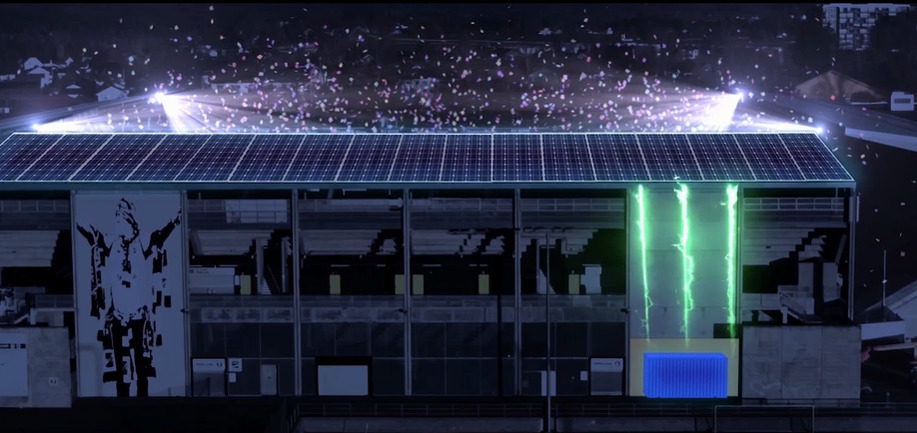As the electrification of transport and other sectors is moving forward, CINELDI researchers are ever on the lookout for solutions to challenges that appear on the way to the full-electric society of the future. One tool to help them achieve that goal is the Skagerak Energy Lab.

“The lab is a great place for us to test research results”, says CINELDI centre director Gerd Kjølle. “Through the pilot projects we run at the lab, we get our research to progress towards the goal of having a new, useable technology.”
One such project aims to figure out exactly how flexible resources (such as a battery plus solar panels system) can be used in an optimal way both by their owner and by the grid itself. Is it best to use the solar panels’ output right now to charge batteries or to meet a peak in local electricity demand? These questions will become increasingly relevant in the future, as more and more homes and businesses will contribute to their local energy markets by installing (for example) solar panels.
Skagerak Nett, through its partnership with CINELDI, gets access to top researchers. “It helps us to get our results analysed and quality-checked by specialists”, says project owner at Skagerak Energi, Stig Simonsen. As a power company, Skagerak Energi is very interested in such topics as the use of large batteries as a part of the distribution grid.
How those batteries can best meet the demands of the users is another topic that will be researched further. “We’re looking forward to test Model Predictive Control together with CINELDI in 2021, says Simonsen. This kind of modelling will be a more sophisticated control system than what we have currently, and will hopefully allow us to take a peek at the future and meet the demand more accurately.”
System innovation
Another advantage of the lab is the way it helps highlight surrounding issues that need to be solved. “An innovation is often a very specific and concrete thing, says Gerd Kjølle. But for this innovation to be put to use, a number of factors need to fall into place – be they economic, regulatory or societal. That’s when we start talking about system innovation.”
The power grid that’s in use today was very much developed with a unidirectional power flow in mind: large numbers of users drawing power from a grid
fed by a smaller number of power plants. But as this ecosystem evolves to one with an increasing number of smaller power generators and a flow that goes in both directions, new challenges will arise.
A very specific example of this type of challenge was highlighted at the Skagerak energy lab. Since the battery, the solar panels and the lighting system of the stadium are not immediately adjacent, the power grid is used to transfer electricity from one to the other. Current regulation would mean having an electricity meter at every point of connection, which would mean the electricity would effectively be sold and bought several times throughout the process (with the increased costs that would entail). In this case, the lab got a special dispensation from the rules. But the issue exemplifies how innovations don’t live in a vacuum, and how there is a need for system innovation for new ideas to be put to use.

0 comments on “A useful and “living” energy lab”